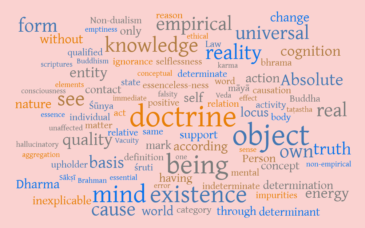Theme:
Jesus Manifests Himself as God
Dates:
The Epiphany is 6 January; the Season After the Epiphany lasts until the day before Lent, which is Tuesday, 21 February 2012. The lectionary includes the readings for the Epiphany in the Season after the Epiphany.
Colors:
The color for the Season After the Epiphany is green to symbolize growth and life. You can read more about color in worship.
White is the color for Sundays that commemorate events in Jesus’ life. Therefore, white is the color for the Baptism of Our Lord, Transfiguration Sunday, and the Epiphany itself. If the church observes the Epiphany on the previous Sunday, it is called Epiphany Sunday and the color is white.
Scripture Readings:
The Revised Common Lectionary appoints Scripture readings for use in worship during the Season after the Epiphany.
The East:
Because Orthodox churches calculate Lent differently, their corresponding season ends on a Sunday.
Special Days:
The Epiphany, 6 January (often celebrated on the previous Sunday)
The Baptism of Our Lord, on the Sunday after the Epiphany
The Presentation, 2 February.
In the Revised Common Lectionary, the Last Sunday after the Epiphany is Transfiguration Day.
The general topic of the Epiphany and the season that follows is Jesus’ manifestation of Himself as God. (The word epiphany is Greek for manifestation.) In most churches, Bible readings and sermons during this time of the year deal with Jesus’ identity.
In the eastern Church, Epiphany commemorates the Baptism of Our Lord. In the western Church, Epiphany commemorates the star and the arrival of the wise men, and the following Sunday is the Baptism of Our Lord.
Epiphany (the day) began in the eastern Church as the celebration of the Nativity of Jesus Christ. As the celebration of Christmas spread eastward, Epiphany changed to its present meaning. Some Oriental Christians have not yet acquired Christmas. For them, Epiphany, which they celebrate on January 6 of the Julian calendar, continues to be the celebration of the Nativity.
For lectionary purposes, the Season after the Epiphany begins on the Epiphany, which is 6 January, and ends on the day before Lent. The eastern Church calculates the date of Easter and the length of Lent differently from the western Church.
Special Days
- January 6 is the Epiphany; the Baptism of Our Lord in the east, and the star and the wise men in the west.
- The Sunday after the Epiphany is the Baptism of Our Lord in the western Church.
- The Last Sunday After the Epiphany is Transfiguration Day in the Revised Common Lectionary.
The purpose of the liturgical calendar is to relive the major events in Jesus’ life in real time. To fulfill the requirements of Leviticus 12:2-8, Mary had to present Jesus at the Temple and offer a sacrifice. According to Luke 2:22-24, she did just that. If Jesus were born on 25 December, then this would have occurred on 2 February. Therefore, 2 February is known in the historic church as The Presentation or The Presentation of Our Lord Jesus Christ in the Temple.
Incidentally, if you compare Leviticus 12:2-8 with Luke 2:22-24, you will find that Mary and Joseph were poor.
Roughly speaking, the western Church consists of Protestants, Catholics, and Anglicans. The eastern Church consists of the Eastern Orthodox churches, the Oriental Orthodox churches, and the eastern-rite churches affiliated with the Roman Catholic Church.
Other Seasons
Advent | Christmas | Lent | Holy Week | Easter | After Pentecost
